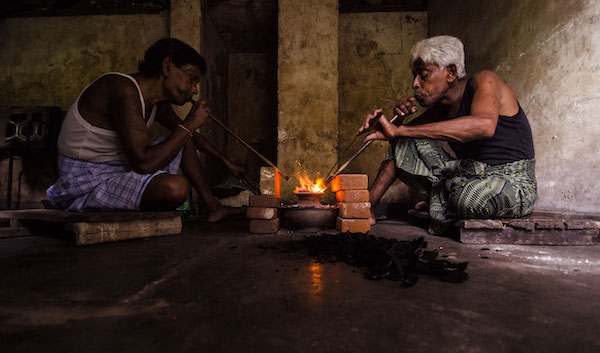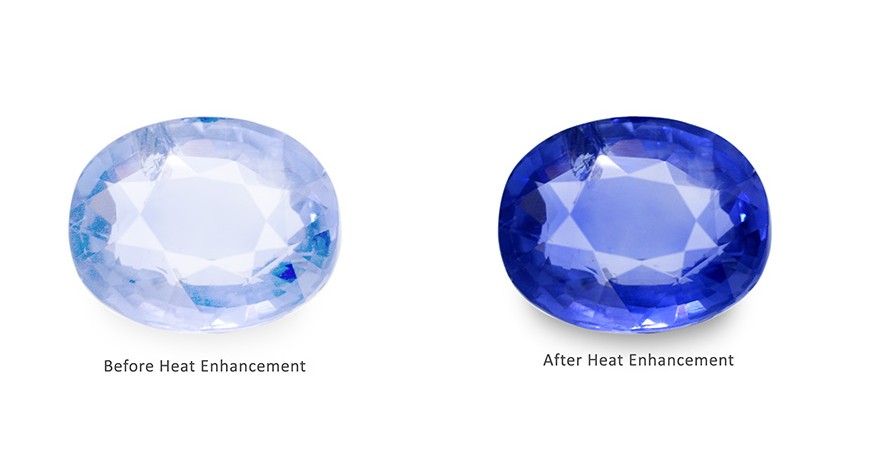Understanding Heat Treatment: The Process of Enhancing Rubies and Sapphires
If you’re not a gemstone expert, the concept of treating gems using heat may sound pretty random and confusing. A whole host of questions come to mind for the gemstone novice when it comes to heat treated gems. What does heat do to gemstones and why would people even think to expose gems to high heat? How are gemstones heated and how does this affect the value? Is a heated gemstone still considered natural? In the spirit of the summer months, it seems like its time to discuss heat and answer all of the questions. So turn up your air conditioner, grab a cool drink and get ready for a heated discussion on gemstone heat treatments!
Heating history
Centuries ago, the first practitioners of this art form would physically blow air through crafted straws of bamboo into a charcoal fire where stones were placed into the coals to lure the color to deepen, lighten or change.

Miners, buyers and brokers around the World still use the traditional methods as well as modern, ‘more refined’ approaches; transforming dull stones into beautiful and highly claimed Gemstones.
What happens to the stone?
One way to think about heat treatment, which is considered a natural treatment, is as a continuation of the formation process that the gem would have undergone had it remained uncovered in the earth’s surface. During heat treatments, Gemstones are heated to very high temperatures (approximately 1600 Centigrade – close to the heat produced from volcanic activity). The result of applying this sort of heat treatment can take an unattractively colored stone and transform it into something much more beautiful and valuable. In addition to affecting the color, heat treatment can cause impurities to reform themselves and dissolve inclusions within the gemstone.
Heat treatment can affect the color and character of different gemstones in different ways. One very cool example is the milky white colored gueda white sapphire which turns into a classic blue sapphire from heat treatment.
Gemstones that are often treated with heat includes Yellow Sapphire, Blue Sapphire, Ruby, Tanzanite and Zircon. And while heat treatment is not always discernible by a gemstone laboratory since it mimics the gem formation process, Nine Gems always discloses whether or not a gem has been treated.
What happens to the price/value?
Heating rubies and sapphires can improve the color and clarity of these gemstones, which can increase their value in the market. For example, a ruby or sapphire that has a finer, more vibrant color and is more transparent will generally be more valuable than one with a duller color or greater number of inclusions. However, it is important to note that while heat treatment can improve the appearance of rubies and sapphires, it does not necessarily increase their value to the same extent as a fine quality, untreated gemstone. In general, untreated gemstones are considered more valuable and rare, and as a result, they may command a higher price in the market. While a heated ruby or sapphire may have a finer color and clarity and be more valuable compared to a poorly treated gemstone, it will still be worth less than a fine quality, untreated gemstone of the same variety.
Wishing everyone a great summer! Hope you manage to stay cool while you have fun shopping for some hot gemstones.


